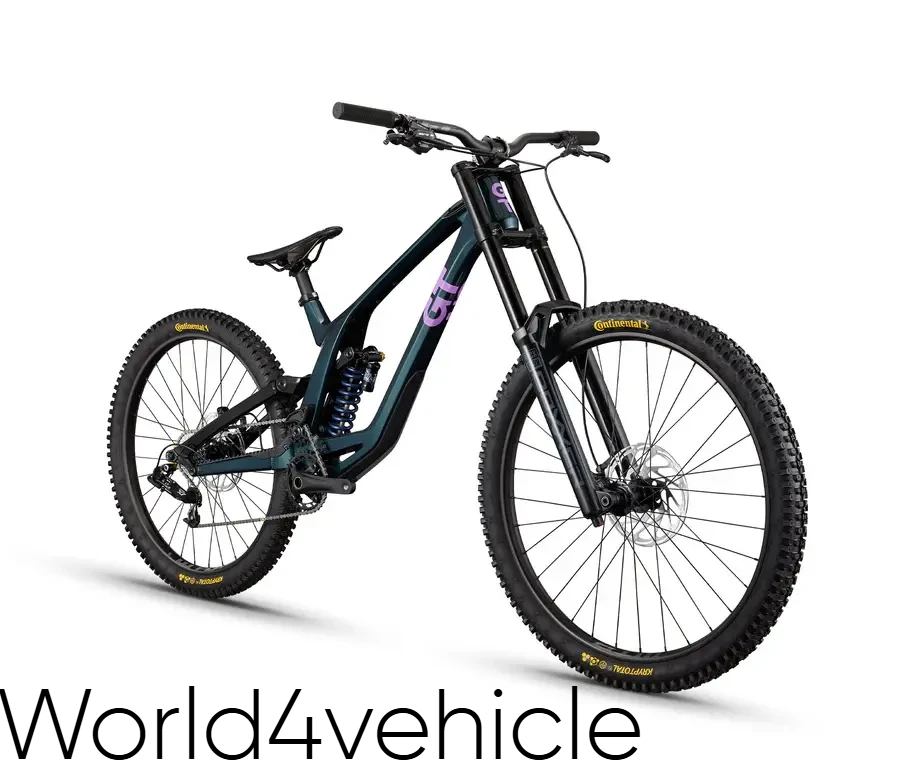
Downhill mountain biking (DH) is a high-intensity cycling discipline that demands a sophisticated understanding of biomechanics, physics, and technical riding skills. It involves descending rugged and often treacherous terrain at high speeds, requiring acute control, rapid decision-making, and physical endurance. This sport has evolved significantly over the past few decades, developing into a global competitive phenomenon that attracts elite athletes and recreational thrill-seekers alike.
Defining Downhill Mountain Biking
Downhill mountain biking is distinguished from other mountain biking disciplines by its exclusive focus on descents. Unlike cross-country cycling, which involves sustained climbs and variable terrain, DH riding prioritizes high-speed descents over technically challenging landscapes. Riders typically access downhill trails via chairlifts, vehicle shuttles, or hiking, enabling them to focus entirely on the descent.
The sport has gained international prominence through competitions such as the UCI Mountain Bike World Cup and Red Bull Hardline, where professional riders navigate courses laden with rock gardens, root networks, gap jumps, and hairpin turns. Downhill biking requires not only advanced handling skills but also an intricate knowledge of line selection, braking modulation, and impact absorption to optimize performance and minimize risk.
Essential Equipment for Competitive and Recreational Riders
The extreme nature of downhill biking necessitates specialized equipment designed for durability, shock absorption, and rider protection.
- Downhill-Specific Bicycles – Engineered with full suspension (typically 200mm of travel), slack geometry for stability, and reinforced frames to withstand high-impact forces. These bikes also feature hydraulic disc brakes for superior stopping power.
- Full-Face Helmets – Unlike traditional cycling helmets, full-face designs provide enhanced protection against concussions and facial injuries.
- Body Armor and Protective Gear – Chest protectors, knee and elbow pads, and spine guards mitigate injuries from high-speed crashes.
- Goggles and Gloves – Essential for maintaining visibility and grip in variable conditions, particularly in loose, wet, or dusty terrain.
- Clipless or Flat Pedal Shoes – While clipless pedals allow for increased power transfer, many riders prefer flat pedals for improved maneuverability and emergency dismounting.
- Neck Braces – Utilized by competitive riders to prevent excessive neck movement in case of a fall, reducing the risk of spinal injuries.
Investing in high-performance gear tailored to the demands of DH riding enhances safety, efficiency, and overall riding confidence.
Fundamental Riding Techniques and Biomechanics
Mastering downhill mountain biking requires an understanding of applied physics and body mechanics to maintain stability, optimize control, and improve efficiency. Key techniques include:
- Dynamic Body Positioning – Riders must maintain a neutral, active stance with bent knees and elbows, allowing the body to absorb terrain variations. Weight distribution shifts dynamically based on gradient and technical demands.
- Braking Modulation – Effective use of hydraulic disc brakes involves progressive application rather than abrupt stopping, which prevents skidding and loss of traction.
- Cornering Mechanics – Riders execute controlled leans and pressure modulation on the bike to maintain momentum through sharp turns, often utilizing berms for added stability.
- Jumping and Landing – Controlled takeoff and impact absorption through bent limbs reduce stress on both rider and equipment, ensuring smooth transitions over obstacles.
- Line Selection Strategy – The ability to analyze terrain and choose the optimal riding line enhances efficiency by reducing braking and maintaining flow through technical sections.
These biomechanical and technical adaptations differentiate proficient riders from novices, with continued practice leading to improved reaction times, adaptability, and overall riding proficiency.
Global Destinations for Elite and Recreational Riders
Downhill mountain biking has a rich presence in various topographic regions worldwide, with designated bike parks and natural trails offering unparalleled riding experiences. Notable destinations include:
- Whistler Mountain Bike Park (Canada) – A premier destination featuring meticulously designed trails ranging from beginner-friendly flow tracks to professional-grade descents.
- Les Gets (France) – Part of the extensive Portes du Soleil network, offering diverse terrain suitable for both competitive and recreational riders.
- Queenstown (New Zealand) – Renowned for its challenging alpine trails and breathtaking landscapes, attracting professional athletes for training and competition.
- Fort William (Scotland) – A staple on the UCI World Cup circuit, characterized by rugged, rock-strewn descents that test riders’ endurance and technical skills.
- Val di Sole (Italy) – Notorious for its unforgiving rock gardens and steep descents, a favorite among elite competitors.
- Morzine (France) – A high-adrenaline riding area with expertly designed jump lines and natural terrain features.
- Revelstoke (Canada) – Home to some of the longest vertical descents in North America, providing an ideal environment for advanced riders seeking endurance-based challenges.
Each location offers unique terrain features, requiring riders to adapt their techniques and strategies based on elevation, surface conditions, and weather variability.
Physiological and Psychological Benefits of DH Riding
Beyond its high-adrenaline appeal, downhill mountain biking provides substantial physical and cognitive benefits:
- Neuromuscular Coordination – Enhances reflex responses and fine motor skills through continuous adaptation to variable terrain.
- Cardiovascular Conditioning – Despite its gravity-assisted nature, DH biking involves intermittent bursts of high-intensity exertion, improving heart and lung function.
- Muscular Endurance and Strength – Engages core, leg, and upper body muscles, fostering strength and endurance development.
- Cognitive Processing and Decision-Making – The rapid assessment of obstacles and real-time decision-making refine cognitive adaptability.
- Mental Resilience and Stress Reduction – The immersive nature of the sport promotes focus, stress relief, and an enhanced sense of accomplishment.
These multifaceted benefits position DH mountain biking as a holistic activity that integrates athleticism, mental fortitude, and technical precision.
Risk Mitigation and Injury Prevention Strategies
Given the sport’s inherent risks, adopting safety measures is paramount to reducing injury potential and ensuring longevity in the discipline:
- Routine Equipment Inspections – Regularly checking suspension components, brake systems, and frame integrity minimizes mechanical failures.
- Progressive Skill Development – Gradually increasing trail difficulty and exposure to technical features fosters confidence and reduces crash incidence.
- Adaptive Riding Techniques – Adjusting riding style based on weather conditions and trail surfaces minimizes risk factors.
- Hydration and Nutritional Planning – Maintaining proper hydration and nutritional intake supports sustained performance and recovery.
- Emergency Preparedness – Carrying basic first aid supplies and riding with a companion enhances safety in remote areas.
Integrating these practices into a rider’s routine significantly reduces the likelihood of severe injuries and fosters sustainable participation in the sport.
Conclusion
Downhill mountain biking is a multifaceted discipline that combines athleticism, technical acumen, and environmental awareness. It challenges riders to harness advanced biomechanical skills while navigating unpredictable terrain at high velocities. Whether approached as a recreational pursuit or a competitive endeavor, the sport offers unparalleled physical, cognitive, and psychological rewards. As technology and trail design continue to evolve, downhill mountain biking remains at the forefront of extreme sports, captivating enthusiasts and athletes worldwide.


